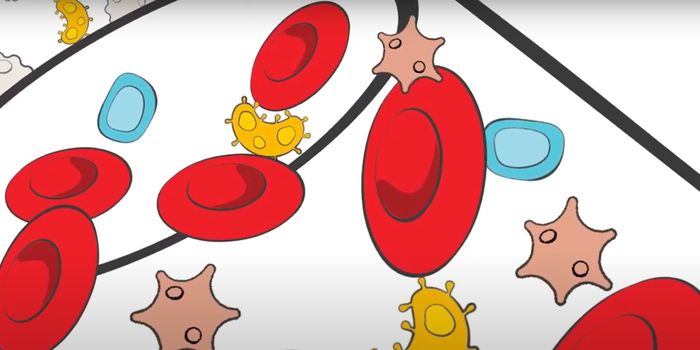The CRISPR/Cas9 genome technique has paved the way for the development of many biological advances not only in research, but also in the treatment of disease. The technique has been widely reported; simply, it uses an enzyme to snip the genome at which point, a variety of edits are possible, including ones that are corrective in nature.
In new work at the University of California, Berkeley, researchers have corrected an error in the genome that results in sickle cell anemia. In the disease, pain and organ damage result from aberrant red blood cells. The investigators obtained stem cells from people suffering with sickle cell anemia, and then edited and corrected the genome of the cells with the CRISPR tool. After that the stem cells were implanted in mice. The scientists observed that the mice were able to produce normal red blood cells, giving the researchers confidence in the therapeutic effect of their edits.
There is much more to be done before this type of work can used to treat people, including making sure that this type of genome editing isn't introducing unintended effects. However, this is the next step toward an actual cure for the disease, which is very rare in medicine.








